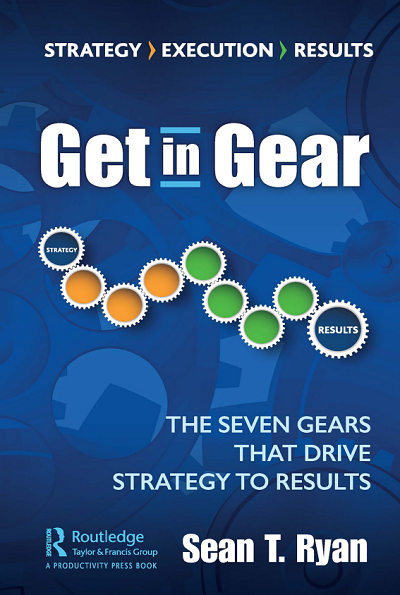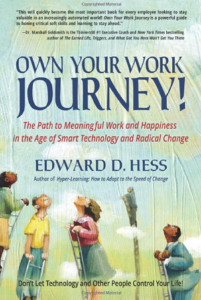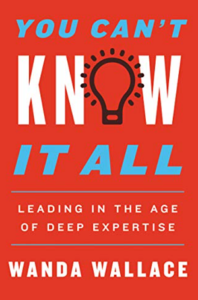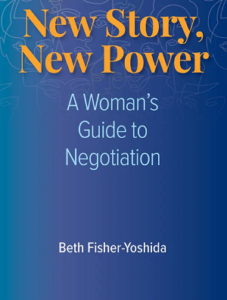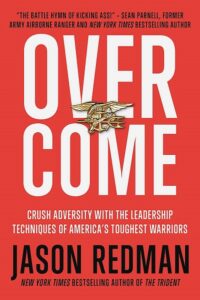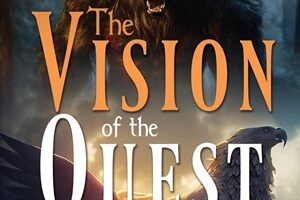Sean Ryan is a world-renowned business consultant, speaker, trainer, and executive coach. As the founder of Whitewater International Consulting, he has worked internationally with companies such as Disney, Nucor Steel, and FedEx.
Get in Gear opens with a profound and simple statement: “The core purpose of “Strategy” is to energize and align people in an organization to propel it forward and help it succeed.” – Sean T Ryan Get in Gear pg. xix
In Get in Gear, the analogy of a team working together in the same way that gears feed off of one another’s energy for a common purpose is an excellent one. Ryan breaks down what this type of cooperation looks like and the results create a believable and workable proposal. His book is simple to understand and yet with enough detail to keep it from being vague. He stresses that even if an organization has good strategy, if the execution is poor, it can cost a company money, and often does, citing many different instances.
Ryan’s humorous but honest case scenarios drive the point home. I found myself nodding and laughing at the same time. That there is a huge execution gap between strategies and execution of those strategies is common. His subtle humor makes the book enjoyable.
Through our work over the last 30 years with hundreds of clients across multiple industries – from start-ups to Fortune 100 companies – we’ve identified 7 Gears of Execution (shown in Figure 1.1) that effectively connect Strategy to Execution to Results.
Ryan breaks down these seven gears that he has identified into two categories – environment and performance. If you can picture these gears as people working in harmony with one another, it’s easy to understand how the energy transmitted between departments is generated, making for good production and happy employees.
AMAZON: https://www.amazon.com/Get-Gear-Seven-Strategy-Results-ebook/dp/B089P27P3C
The book is divided into chapters with questions that managers and CEOs can ask themselves about their companies, and thus do a self-analysis. Even though there are scores of books being written on this topic, and for CEOs who are looking to get more out of their company, Ryan’s imagery makes his method come alive, a refreshing way to break away from a recurring topic.
Get in Gear includes enough detail for a CEO to access what his company needs, where any problems may be stemming from and best of all how to remedy the situation. He offers exceptionally good questions at the end of each chapter that will get you started on accessing your own company. I Like how his first target for a problem that lies within the company is not necessarily the employee or the team, but often the organizational structure.
The book itself is well formatted, developing Ryan’s thesis with good continuity in his chapters, “Thought Starter Questions” and “First Steps” which help the reader to organize their execution of this strategy.
Get in Gear is simple to understand, enjoyable reading, and includes enough specifics and personal evaluation techniques that I would suggest a look-through for those looking to empower their team.
Dianne Gardner

